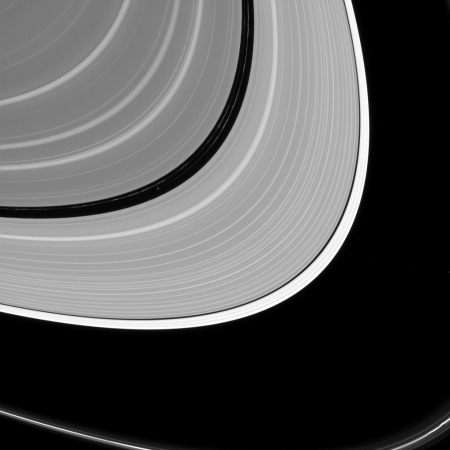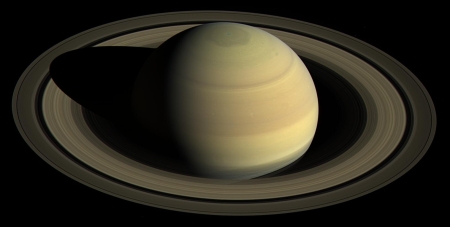Vandenberg wildfire expands to 12,000 acres
The wildfire at Vandenberg Air Force Base that caused the cancellation of an Atlas 5 launch this past weekend has now grown to over 12,000 acres.
According to officials it is now 45% under control. This map, when compared to earlier maps, shows that the expansion has all been to the west and towards ULA’s Atlas 5 and Delta 4 and SpaceX’s Falcon 9/Falcon Heavy launchpads. Essentially, all of the hillsides behind and surrounding the launchpads shown below in a picture I took back in 2015 during my photo tour of Vandenberg are now in flames.

The wildfire at Vandenberg Air Force Base that caused the cancellation of an Atlas 5 launch this past weekend has now grown to over 12,000 acres.
According to officials it is now 45% under control. This map, when compared to earlier maps, shows that the expansion has all been to the west and towards ULA’s Atlas 5 and Delta 4 and SpaceX’s Falcon 9/Falcon Heavy launchpads. Essentially, all of the hillsides behind and surrounding the launchpads shown below in a picture I took back in 2015 during my photo tour of Vandenberg are now in flames.





